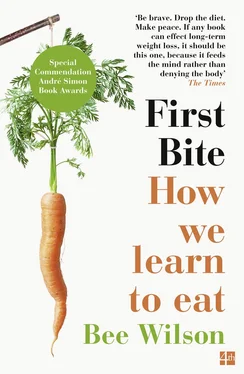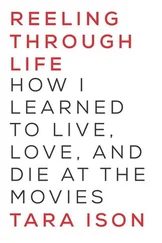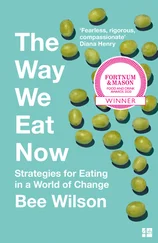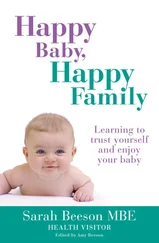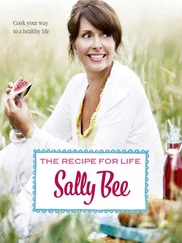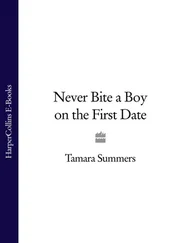There’s a danger here that I’m making the process of changing how you eat for the better sound easy. It isn’t. In particular, it isn’t easy for those who feed themselves on a tight budget. Many have observed that – in developed countries – obesity disproportionately affects those on low incomes. Poverty makes eating a healthy diet harder in numerous ways. It’s not just because it is far more expensive, gram for gram, to buy fresh vegetables than it is to buy heavily processed carbohydrates. Maybe you live in a ‘food desert’ where nutritious ingredients are hard to come by; or in housing without an adequate kitchen. Growing up poor can engender a lifetime of unhealthy food habits, because a narrow diet in childhood is likely to narrow your food choices as an adult, even if your income later rises. When the flavour of white bread and processed meat are linked in your memory with the warmth and authority of a parent and the camaraderie of siblings, it can feel like a betrayal to stop eating them.
Yet it’s striking that some children from low-income households eat much better than others, and sometimes better than children from more affluent families. The problems with how we eat now cut across boundaries of class and income. It is feasible to create decent, wholesome meals – bean goulash, spaghetti puttanesca – on a shoestring budget. Equally, one can have the funds to buy chanterelle mushrooms and turbot but no inclination to do so. According to feeding therapists with whom I have spoken, there are successful business people who will – literally – pass out from hunger at their desks rather than allow an unfamiliar meal to pass their lips when their preferred junk food is not available. Assuming you are not living in a state of famine, the greatest determinant of how well you eat is the way you have learned to behave around food.
This behaviour is often immensely complex. As we grow up, we become capable of second order preferences as well as first order preferences. A first order preference is basic: you love crispy roast potatoes, smothered in butter and salt. A second order preference is more convoluted: you want to like eating carrots instead of the potatoes because you think they would be less fattening and healthier. Indeed, you probably can, at least sometimes, limit yourself to eating raw vegetables instead of the carb-laden potatoes. But the real question is what happens next. In 1998 the social psychologist Roy Baumeister did a famous experiment. Baumeister, who is known for his work on self-defeating behaviours, found that the struggle of will required when a group of people were asked to eat ‘virtuous’ foods such as radishes instead of the foods that they really wanted, such as chocolate and cookies, led to diminishing returns. 30They were so depleted by the effort of the task that when faced with another difficult task – solving a tricky puzzle – they would give up more quickly. The emotional effort of not eating the cookies had a ‘psychic cost’.
Changing our food habits is one of the hardest things anyone can do, because the impulses governing our preferences are often hidden, even from ourselves. And yet adjusting what you eat is entirely possible. We do it all the time. Were this not the case, the food companies who launch new products each year would be wasting their money. After the fall of the Berlin Wall, housewives from East and West Germany tried each other’s food products for the first time in decades. It didn’t take long for those from the East to realize that they preferred Western yoghurt to their own. 31Equally, those from the West discovered a liking for the honey and vanilla wafer biscuits of the East. From both sides of the wall, these German housewives showed a remarkable flexibility in their food preferences.
There is hope as well as concern in the fact that we remain like children in our eating patterns. We are like children in our fussiness and love of junk. But we also remain like children in that we have a capacity to learn new tricks, one that we seldom credit ourselves with. Even though most of us have tastes acquired very young, we can still change.
When I was a teenager I could eat whole pint-sized tubs of ice cream, and second and third helpings of everything. Everywhere I went, food screamed at me. Maybe it was a response to living with my older sister, who was anorexic, though this was never mentioned, because in our family we did not speak of such things. Or it could have been a consequence of growing up in a house where emotional talk was taboo. It definitely got worse when I was fourteen and my parents separated. Overeaters often say they are swallowing their feelings.
Around the age of twenty, something changed. I fell in love, got happier and my meals became more structured. I shrank from large to medium, without ever particularly dieting. I ate lots of vegetables, not because I had to, but because they were delicious, and they made me feel good. Then I had children. I could now bake a whole chocolate cake, eat a small slice and leave the rest. Recently I discovered yoga. My teenage self would have found my current self intensely annoying.
The strange thing, however, is that my behaviour changed without me ever particularly noticing that this was what was happening. Unlike the adolescent diets that I imposed on myself in a conscious, self-correcting way, this new healthier life crept up on me unawares. It’s not that I never carry on eating crisps long after I am full, especially when there’s a glass of wine in my hand. I may be safe around chocolate cake, but I wouldn’t fancy my chances with a Vacherin Mont d’Or cheese in the kitchen. But I have definitely reached the point where my second order food preferences – I want to like greens – and my first order food preferences – I do like greens – are fairly in sync. Food no longer screams but speaks to me. It helps that our concept of healthy eating has enlarged in recent years to take in satisfying meals such as chicken and chickpea soup, buckwheat pancakes, avocado toast or buttery scrambled eggs with herbs. I’m in the groove now of eating smaller lunches and larger dinners, but small or large, meals are occasions for pleasure, not angst. This feels good. I must have relearned how to feed myself somewhere along the way, treating myself with some of the solicitude I bestow on my children.
E.P. Köster, a behavioural psychologist who has spent decades studying why we make the food choices we do, says that food habits ‘can almost exclusively be changed by relearning through experience’. 32That is, if we want to relearn how to eat, we need to become like children again. Bad food habits can only change by making ‘healthy food’ something pleasure-giving. If we experience healthy food as a coercion – as something requiring willpower – it can never taste delicious.
It’s seldom easy to change habits, particularly those so bound up with memories of family and childhood, but, whatever our age, it looks as if eating well is a surprisingly teachable skill. This is not to say that everyone should end up with the same tastes. Life would be dull if everyone preferred satsumas to clementines. But there are certain broad aspects of eating that can be learned and then tailored to your own specific passions and needs. There are three big things we would all benefit from learning to do: to follow structured mealtimes; to respond to our own internal cues for hunger and fullness rather than relying on external cues such as portion size; and to make ourselves open to trying a variety of foods. All these three can be taught to children, which suggests that adults could learn them too.
For our diets to change, as well as educating ourselves about nutrition – and yes, teaching ourselves to cook – we need to relearn the food experiences that first shaped us. The change doesn’t happen through rational argument. It is a form of reconditioning, meal by meal. You get to the point where not eating when you are not hungry – most of the time – is so instinctive and habitual it would feel odd to behave differently. Governments could do a great deal more to help us modify our eating habits. In place of all that advice, they could reshape the food environment in ways that would help us to learn better habits of our own accord. A few decades from now, the current laissez-faire attitudes to sugar – now present in 80 per cent of supermarket foods – may seem as reckless and strange as permitting cars without seatbelts or smoking on aeroplanes. 33Given that our food choices are strongly determined by what’s readily available, regulating the sale of unhealthy food would automatically make many people eat differently. Banishing fast-food outlets from hospitals and the streets surrounding schools would be a start. One study shows that you can reduce chocolate consumption almost to zero in a student cafeteria by requiring people to line up for it separately from their main course. 34
Читать дальше
